Content Creation
Boost Reach and Engagement with Content Atomization: 6 Brand Examples to Inspire Your Content Strategy
By Chris Boyles on September 28, 2023
Content atomization is a highly effective strategy used by today's top-performing marketing teams. When applied strategically, it streamlines content creation, saves time, boosts engagement, and enhances both search engine and social media visibility.
Simply put, content atomization involves taking a core piece of content, often long-form, and breaking it into smaller components or adapting it into different formats for different contexts and content consumption preferences. In today's multi-channel, multi-format marketing landscape, this approach is essential for maximizing the impact of your content marketing efforts.
There are many benefits to content atomization:
First, it can help you reach a wider audience. By contextualizing the same information for different audiences, you can target more buyer personas with the same message.
Second, it can help you save time and resources. By adapting existing content into different formats, you can create more assets without starting from scratch.
Third, it can help you improve your SEO. By publishing content on multiple channels and platforms, you can more easily expand your digital footprint on a given topic, which improves your brand's visibility in search results for that topic.
So, how are top brands using content atomization to their advantage? Below is a list of well-known B2C and B2B brands leveraging atomization to strategically boost the reach and relevance of their content. We encourage you to think how their approaches could be applied to your own brand.
B2C Content Atomization examples
Starbucks Coffee
The coffee chain was one of the earliest adopters of content atomization, beginning in the 2010s. One specific example is a series they produced about making the perfect cup of coffee. Though presented differently, the same core info appears in a blog post, a video, and a fact sheet released to the press.
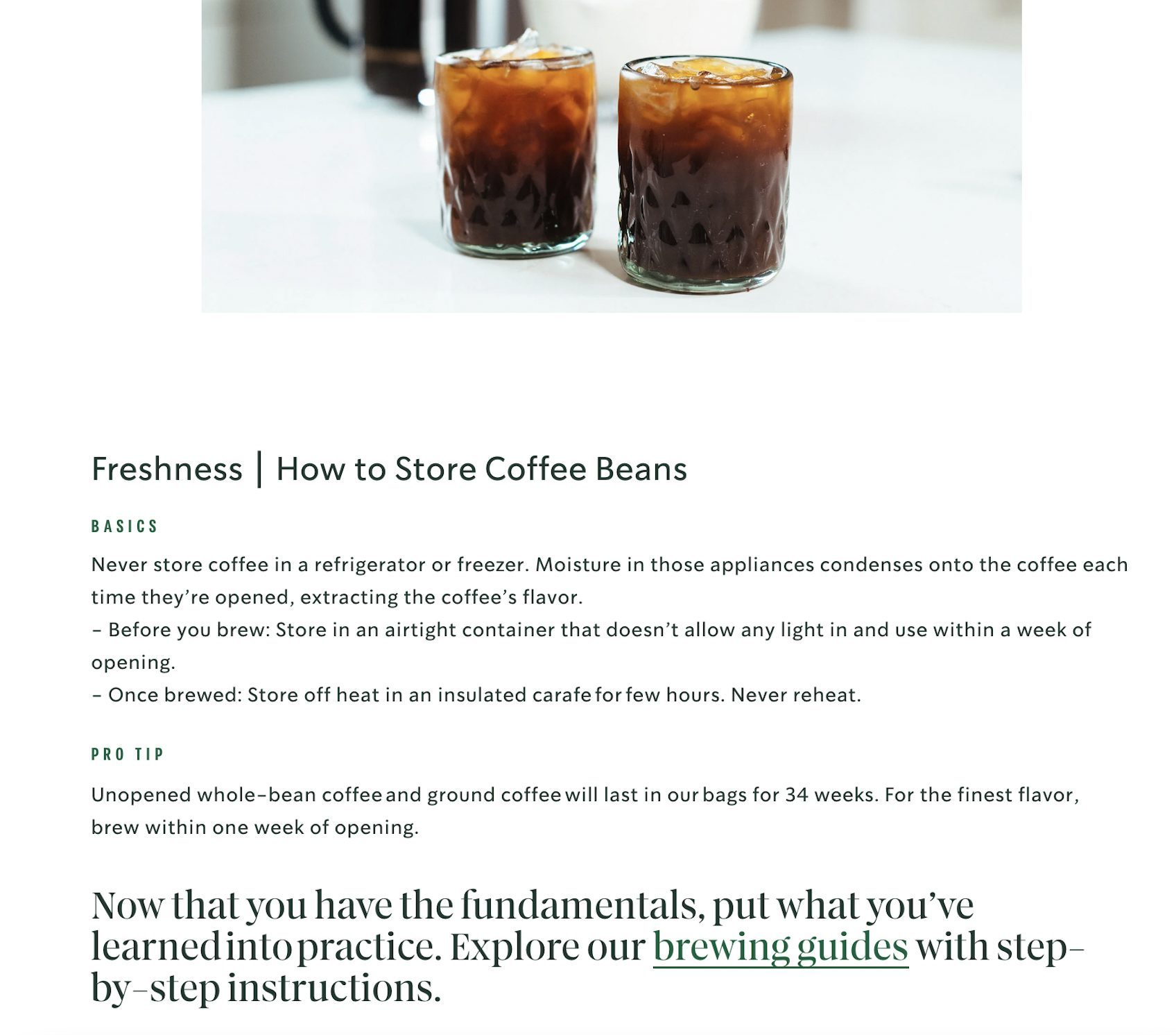
I like Starbucks' approach of positioning themselves as an authority on coffee brewing by making useful, informative information available in whatever format someone wants to consume it in. Note how the blog post crosslinks to the brand's brewing guides series, giving readers the opportunity to learn more while keeping them engaged within the Starbucks site experience.
Red Bull
Another legacy atomizer, the energy drink brand has long been associated with extreme sports. And Red Bull truly makes the most out of its involvement in these athletic events. In some cases, Red Bull has taken over four hours of event footage and made over 100 short videos. These appear in YouTube playlists, on the Red Bull website, and on Red Bull TV.
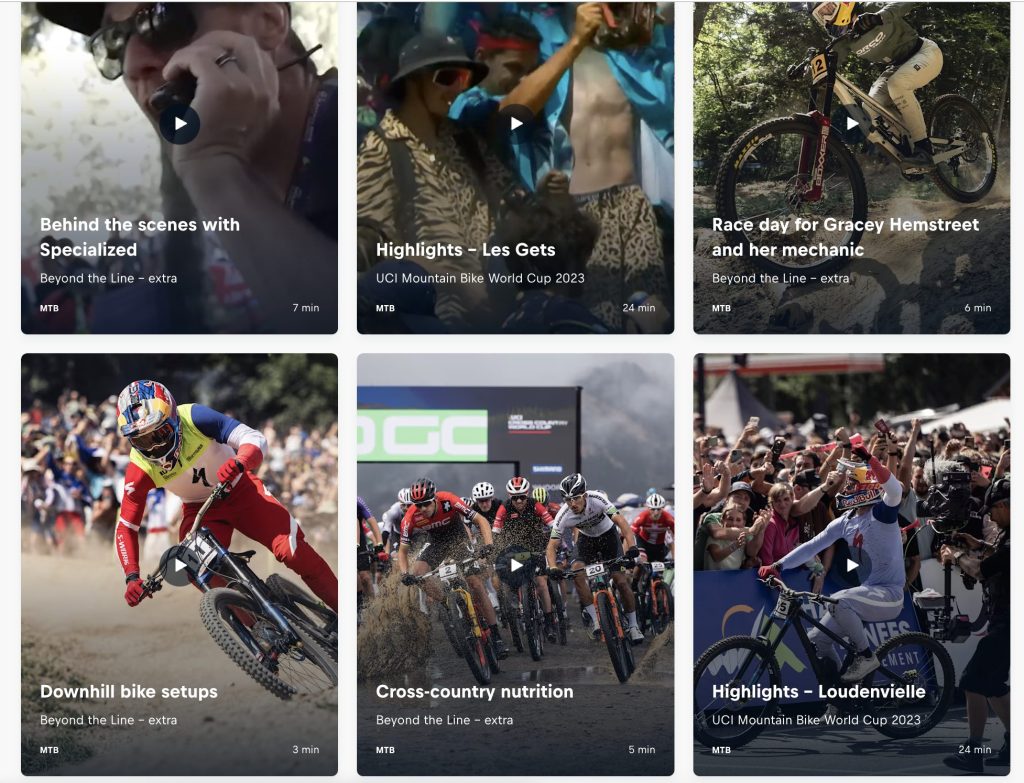
I might watch all four hours of footage, but that could take time to get around to. So, if I want to check out some highlights sooner rather than later, Red Bull has made that easy for me. Similarly, if I want to relive certain moments after viewing the entire event, I can pull up a clip instead of searching through four hours' worth of content.
Nike
The footwear and apparel brand has taken a different approach to content atomization. They apply it to the content they create with influencers. Nike plans around people and themes to develop short workout clips, inspirational quotes, and longer-form interviews.

The winning strategy here is picking a focus area, like abs or glutes, and then doing increasingly longer content. Each theme often has a 10, 20, and 30-minute exercise routine. Multiple options mean people can get a good workout no matter how time-compressed. I also give Nike points for using its people and content to seed assets in locations outside the company's proprietary apps, driving traffic back to their owned channels.
B2B Content Atomization Examples
Buffer
The social media toolkit tackles content atomization in a couple of ways. Sometimes, they'll take an episode of their podcast and create a blog post. Other times, they'll do the reverse, turning a blog post into a podcast episode.
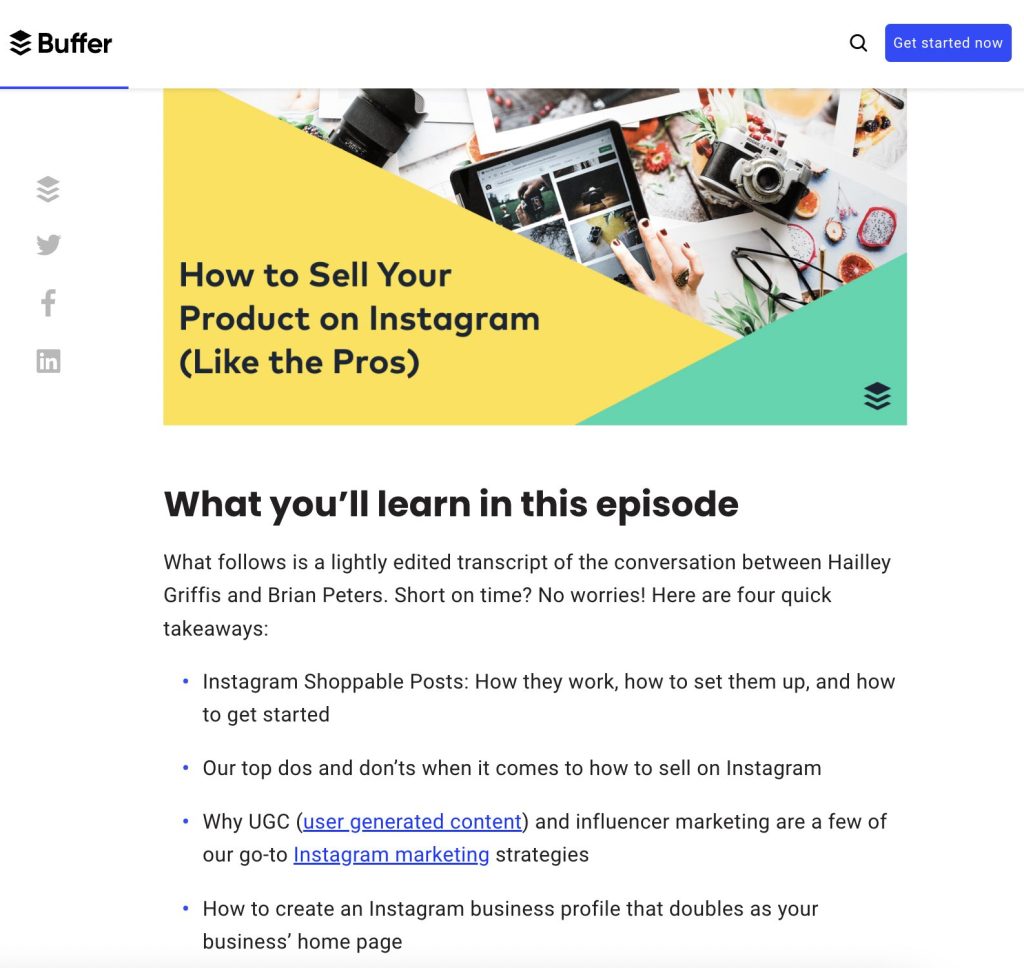
Much like Starbucks on the B2C side, Buffer has considered how (and when or where) different personas spend time with content. The podcast version of a topic is great for someone commuting to an office. At the same time, somebody at a desk might be more likely to skim a blog post on a break, possibly saving the podcast for later after finding the subject interesting.
Deloitte
The global consultancy practices atomization similarly to Buffer, doing things like leveraging its Tech Trends 2023 report for an episode of its podcast, The Green Room. They used the chapter on AI to inform a discussion on the potential benefits and drawbacks of AI.
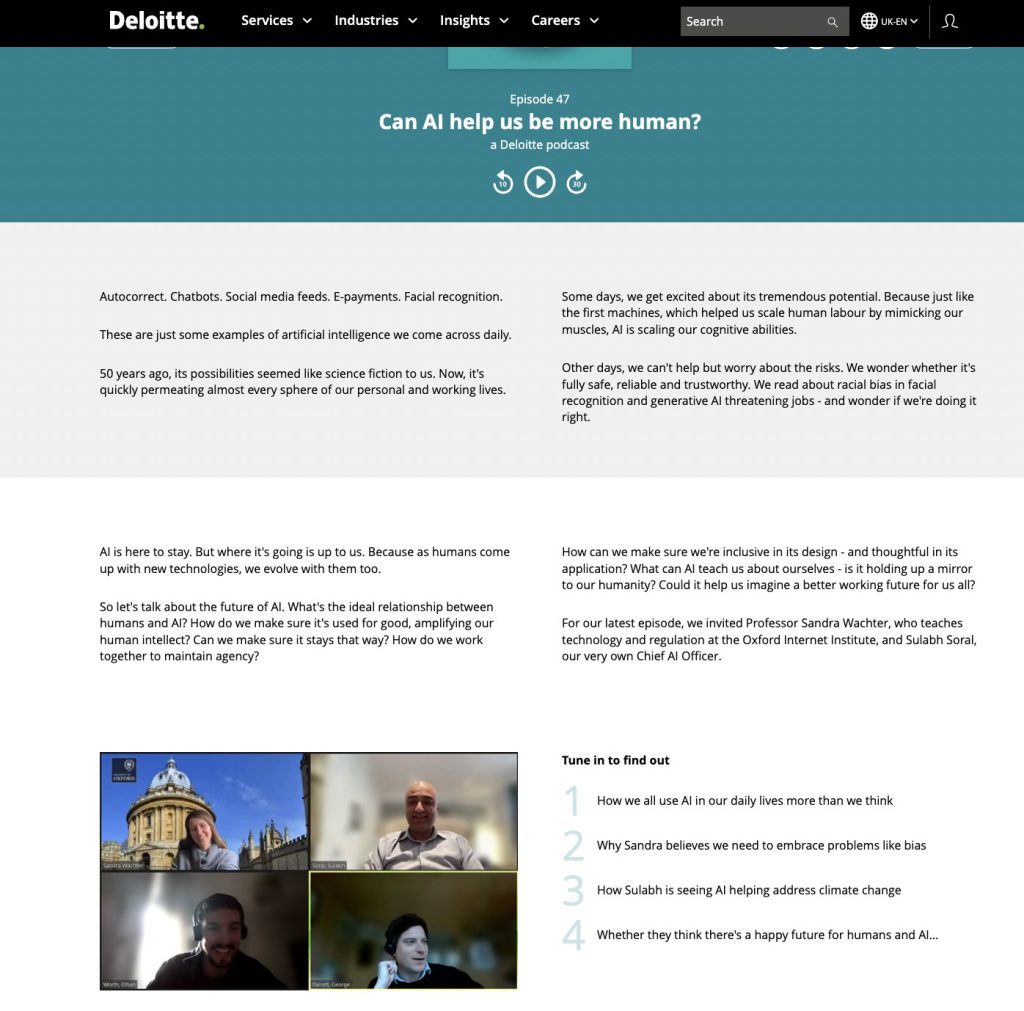
This execution is ideal as the podcast borrowed and embellished on a theme with an in-depth conversation. The value here is that the listener gets additional insights not included in the original content. Even though extra content is being created, it's building on the work already done, thus lessening the overall time commitment.
HubSpot
The CRM platform approaches atomization in a more traditional sense. They'll frequently break a blog post down into smaller, more shareable pieces that are embedded in the blog page—making it more interactive—and shared individually on social media. These can be quotes, stats, tips, or modules promoted more in-depth, rlated content. In select cases, they'll even create infographics, email campaigns, and videos from their blog posts.
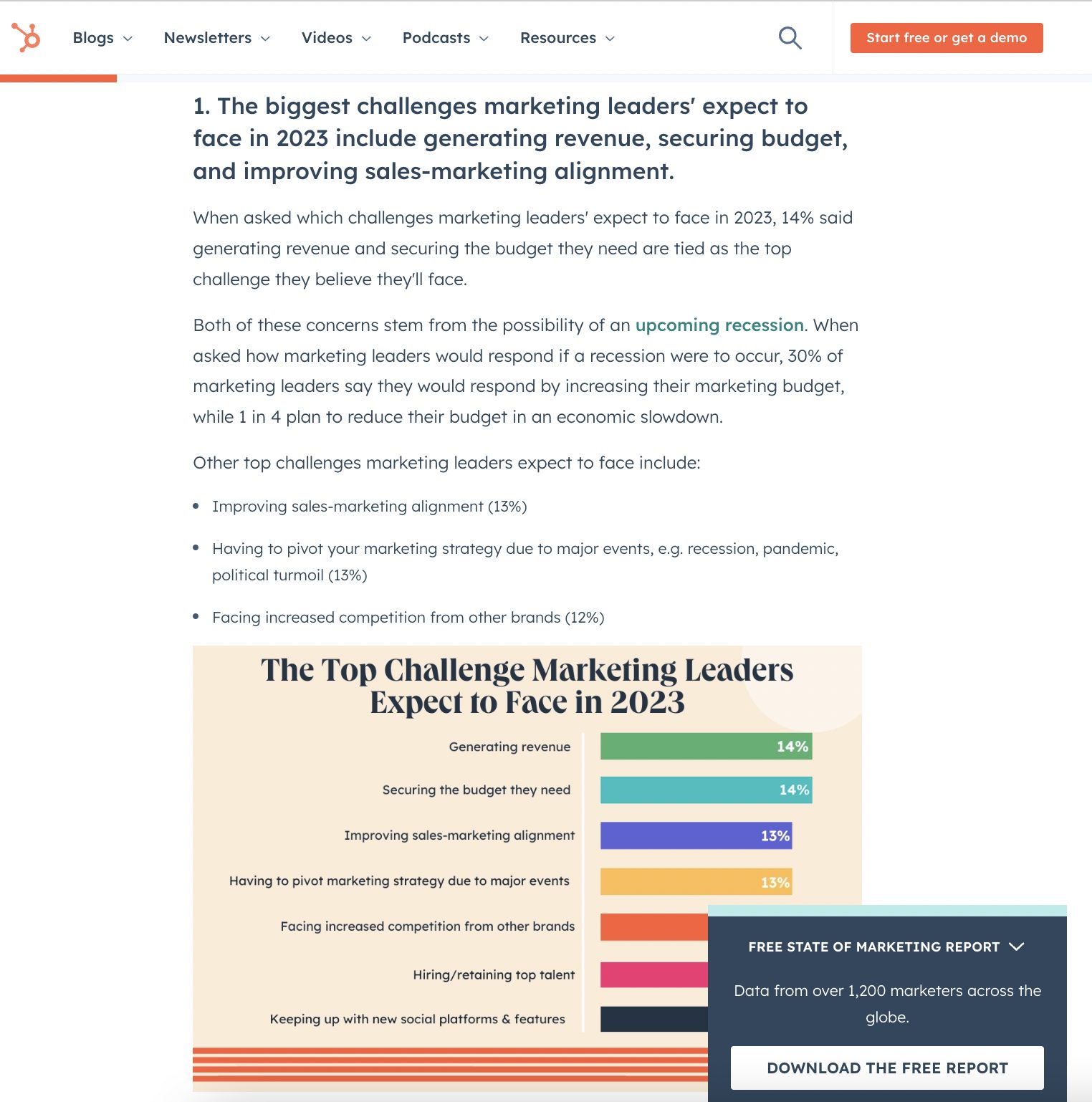
This type of strategy is how I've operated in the past. I once took a white paper and created 26 additional pieces of content. Atomizing, to this degree, improves SEO and lets you present content based on how close someone is to making a purchase (or taking some other significant action).
How to Get Started
Each of these six brands chose different inputs and outputs in their atomization exercises. Some created a few key pieces from their anchor content, while others squeezed a ton of ROI out of their initial investment.
There's no wrong way to atomize content, but author Jay Baer came up with a 1:8 formula. In his opinion, for every anchor piece of content you produce, you should also create eight atomized executions.
This level of effort may sound like a lot of work, but it doesn't have to be. Atomization can spare you endless review cycles cause you're working with source content already vetted by your stakeholders. And now, repurposing content with generative AI like ATOMM™, which is specifically designed for atomization, is even more efficient than it used to be.
Atomization, when it comes right down to it, is just another way of working smarter, not harder.
If you're curious about automating your atomization, book a meeting with our team to learn how our ATOMM™ technology can scale content for you.
Featured image by master1305 on Adobe Stock.

